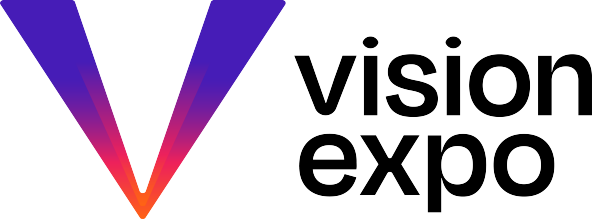The Vision Council Releases New Research Spotlighting Q3 Consumer Trends Across Optical Products and Services
Shifts in eyewear spending show continuing preference for budget options, primarily in-store
Alexandria, VA – November 1, 2024 – Today, The Vision Council released Consumer inSights Q3 2024, an in-depth report examining U.S. consumers’ views and behaviors related to vision correction, managed vision care, eye exams, prescription eyewear, reading glasses, and plano sunglasses.
The Q3 findings offer an updated, comprehensive overview of the optical industry based on consumer choices and habits.
This report highlights a continued trend toward more budget-friendly eyewear purchases, as consumers buying in-person increasingly opt for spending less than $100 out-of-pocket on eyewear. This movement away from higher out-of-pocket spending on luxury eyewear options has remained consistent over the past two years and became even more pronounced in Q3. Online purchases, in contrast, are not following this budget-focused trend.
Other key findings from this quarter show a decline in annual eye exams, a resurgence in online contact lens sales, and new data on out-of-pocket exam spending.
“In our latest Consumer inSights survey, we see a notable increase in budget eyewear purchases in person, underscoring that consumers are continuing to make more cost-conscious choices. Online eyewear purchases haven’t mirrored this same shift, and the slight decline in the online share of eyewear purchases we’re seeing suggests in-person shopping remains a crucial channel for consumers looking to maximize value,” said Alysse Henkel, Vice President of Research and inSights at The Vision Council. “Understanding these consumer trends can help retailers and manufacturers tailor offerings to meet evolving preferences in the optical market.”
Key Highlights for Q3 2024:
- 86 percent with a recent purchase said they bought in-person, while 14 percent said they bought their eyewear online. Online purchases of new glasses during the first three quarters of 2024 have dropped to their lowest levels in two years.
- 56 percent of Gen Z and 58 percent of Millennial respondents reported having an exam in the past year, down eight and four points from the previous quarter, respectively.
- 40 percent of contact lens purchases were made online, which is a significant increase from 33 percent in Q2.
- 69 percent of respondents paid less than $50 out of pocket for their recent eye exam.
The Vision Council’s Consumer inSights Q3 2024 findings are the result of a survey of 12,014 adults in the United States aged 18 or older in the third quarter of 2024. Respondents are representative of the U.S. adult population. The survey included questions about vision correction, managed vision care, eye exams, prescription eyewear, reading glasses, and plano sunglasses.
This report focuses primarily on data from the third quarter of 2024 as part of The Vision Council’s updated Consumer inSights survey that began in January of 2022. More than two full years of trended data can be accessed along with the full report in The Vision Council’s Research Download Center as a complimentary download for members of The Vision Council, with a paid option for non-members.
More about the inSights Research Program
The Vision Council’s inSights Research Program launched in May 2022 and is built on a foundation of rigorous methodology and cutting-edge technology. The inSights Research Program provides a comprehensive perspective on the state of the optical industry through quarterly consumer survey reports; quarterly in-depth special reports on eyewear and eyecare products and topics; and an end-of-year market estimate and industry forecast.
About The Vision Council
The Vision Council brings the power of sight to all through education, government relations, research, and technical standards. A leading advocate for the optical industry, the association positions its members to deliver the eyewear and eyecare people need to look and feel their best. Vital to health, independence, and safety, better vision leads to better lives.
